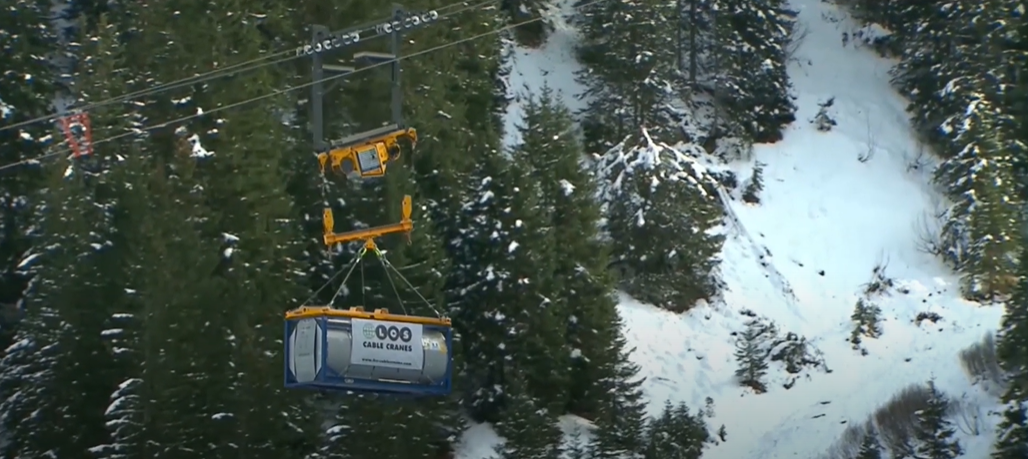I don’t think there is anyone in the construction industry that has a better marketing department than Priestly Demolition, a demolition specialty contractor based in Ontario, Canada. Their Youtube channel is filled with high quality demolition videos in the form of timelapse videos and even a 24 minute long, highly detailed video of a bridge demolition so impressive it won awards for best in the world. Implosion videos are a great source of entertainment in their own right, but the videos that Priestly put out are not only entertaining, but also great for education purposes.
Their most recent demolition video is a 10-minute, narrated video, which explains how the team demolished a bridge over the Severn waterway without allowing any concrete to fall into the river. In order to do so, Priestly had to install a barge underneath the bridge to catch debris and also act as a platform for the heavy equipment. An additional “catch-all material” was also installed on each side of the barge to catch any material that could fall off the platform.
Safety was a top priority during the demolition, especially due to the freezing water that workers will be surrounded by in the cold Canadian winter. The barge was equipped with guardrail all around it, workers were required to wear life vests, and emergency boats were always close by in case someone fell in.
The arched bridges were first dismantled on top, reducing the total weight as much as possible, without damaging the support structures below. The process would ensure that the barge does not collapse due to too much weight collapsing onto it. Once the first bridge demolition was completed, the barge platforms were unhooked from each other and allowed to float south to a second, smaller bridge.
All in all, it was an interesting look at a demolition process that had to take into consideration a lot of different challenges. What did you think of the process? Tell us in the comments below!











While still new in the construction industries, robots are typically designed to perform a specific task in a highly precise and efficient way, like the rebar tying robot, Tybot or the brick-laying robot Hadrian X. More recently, though, robots are being imagined as platforms for 3rd party companies to develop hardware and accessories to attach to the base robot, like the Boston Dynamics robotic dog, Spot. I recently came across a new robot, called Baubot, which hopes to one day perform tasks using every tool on a typical jobsite.